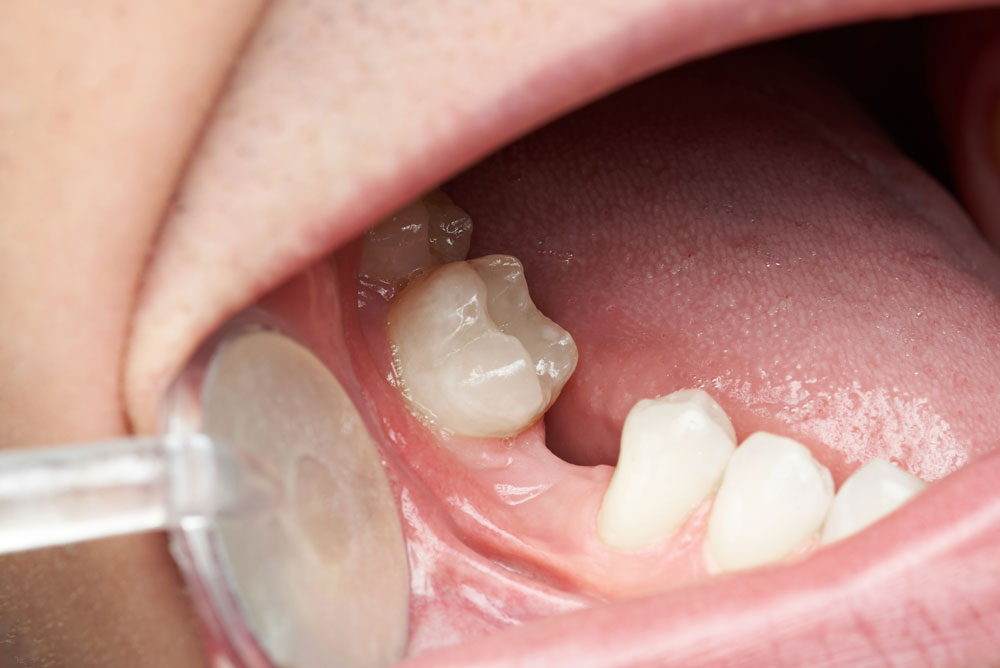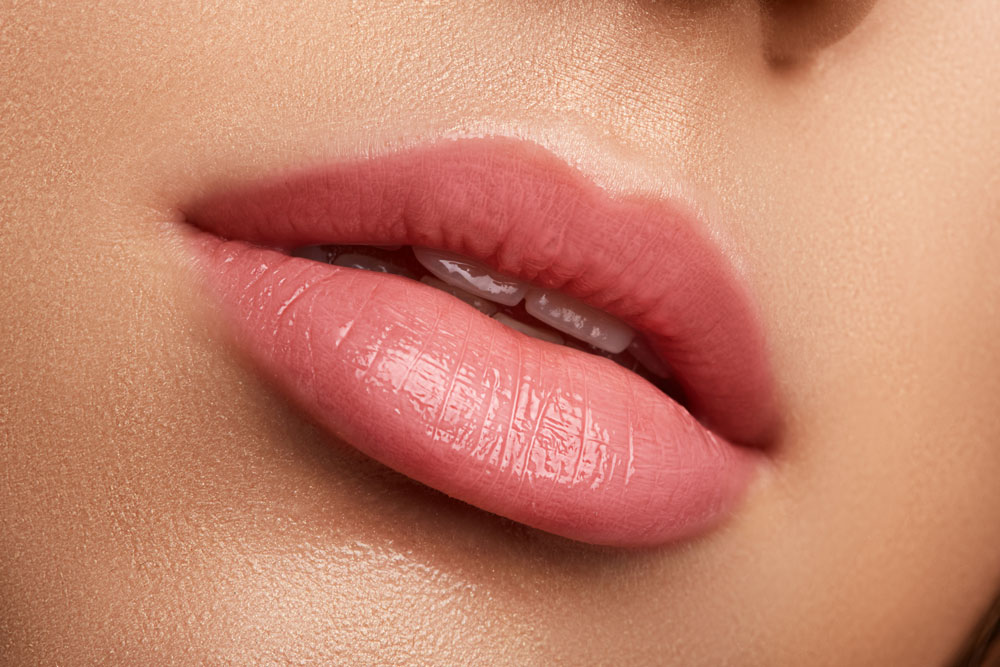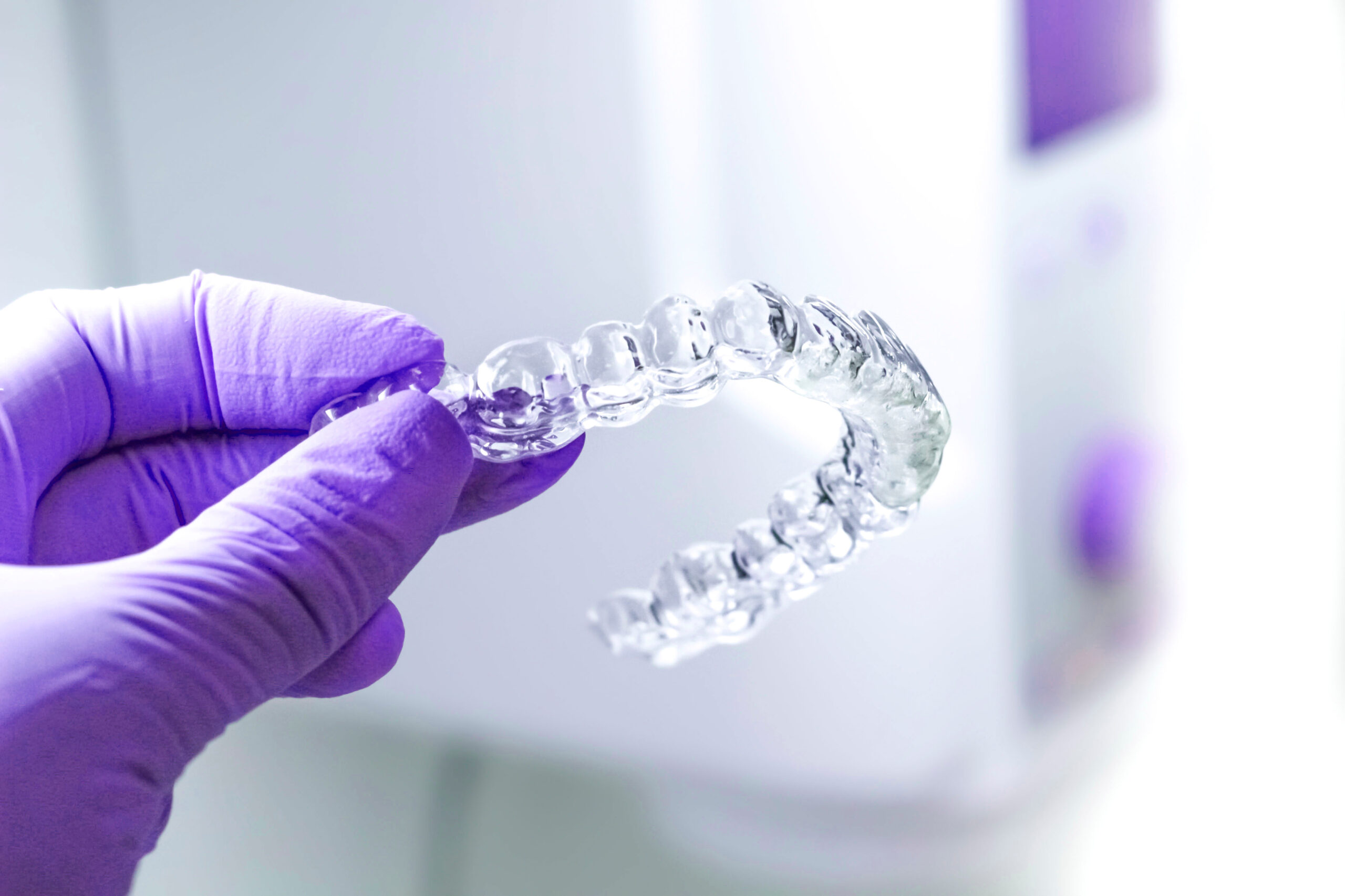Dentistry
Crowns vs Bridges: What Are The Differences?

Crowns and bridges are both cosmetic treatments used to fix the gaps in teeth, or to strengthen them. Both have a crucial role in the dentists toolbox however the times when they’ll be used will depend on the patients requirements.
While the primary reason for replacing missing teeth is down to the aesthetic factor, to correct a smile that has unwanted gaps in it – we should first talk about the importance of replacing missing teeth and closing unwanted gaps!
Safety Notice: Missing Teeth Can Affect More Than Your Oral Health!
As we mentioned in our previous blog on missing teeth, missing teeth have the potential to cause Alzheimer’s, diabetes, cancer and even increases your risk of having a heart attack by 2-3 times, not to mention other cardiovascular issues. All of these issues can be accelerated if you’re suffering from gum disease – a common result of missing teeth.
What are the benefits of Crowns and Bridges?
Aesthetics – Fill the gap caused by missing, fractured or misshapen teeth. Quite often we assume missing teeth affect self esteem, but as you’ve just learned – there’s more to it than that!
Easy To Maintain – Crowns and bridges can both be cared for in the same way as you would for regular teeth, just brush twice a day – they’re completely hassle free, and won’t ever need removing to be cleaned.
Long Lasting – Being made from durable, long lasting materials, your crowns or bridges can last around 15 years, and even longer in some cases. Just remember to care for them well and have regular check ups – just as you would with regular teeth!
What makes bridges and crowns different to other treatments?
Crowns and bridges are forms of dental pontics that are designed to fill a gap and maintain the surrounding teeth in their position, stopping them from closing in. Unlike dentures, they can only be removed by a professional dentist, whereas dentures are to be removed and cleaned by the patient on a regular basis.
What Is A Crown And When Is It Used?
A Crown is used to cover a tooth that is greatly chipped or is missing a filling. It works nicely in most cases as a cap, and is generally used to improve the appearance of a tooth, or to help with alignment.
Sometimes crowns are used on top of a dental implant but this involves a more expensive, surgical procedure, as you’ll be implanting a screw into the jaw for the crown to be attached to. For most people a crown would be recommended to:
• Attach a bridge
• Cover a dental implant
• Cover up a discolored tooth
• Cover a mis-shaped tooth
• Cover a tooth that has had root canal treatment
• Replace a large filling (when it lacks too much tooth)
• Protect a weaker tooth that’s close to fracturing
• Restore a tooth that is fractured
Dental crowns are made from either porcelain or ceramic material to match the colour of your natural teeth. In the case of fitting a crown onto the back teeth, generally stronger alloys will be used (gold, metal, acrylic) as they are more suited for teeth that take a stronger impact day to day. These alloys can still be capped with porcelain to create a more natural appearance but may be at higher risk of breaking if used on back teeth.
What Is A Bridge And When Is It Used?
A bridge essentially works as a connector, bridging from the surrounding teeth, over the gap, while holding the potic into place. They are generally used when the entire tooth is missing, and can even be the solution to fixing a larger gap caused by two missing teeth. The procedure involves filing down the surrounding teeth (which act as pillars), and preparing them for the bridge to be fitted onto.
Are there disadvantages to Dental Crowns and Bridges?
While this article highlights the differences between the crowns and bridges, while explaining the many reasons you’d opt for one over accepting a missing tooth, there are some minor disadvantages to be prepared for, and to keep an eye on during the aftercare.
Dental Crown Disadvantages:
Discomfort can occur soon after the procedure, and is down to the fact the fitting may not yet be as perfect as it can be – but don’t worry this can be fixed very easily by shaving it down to better fit. While discomfort is generally expected afterwards, there may be some extra stress on gums and nerves if the pontic is slightly raised higher than the other teeth, especially when biting down.
Chipping can also be an issue if you’re generally quite forceful with your teeth when eating, especially with hard sweets or eating meat that may have bones. But this could be the reason you needed a crown in the first place, and we hope you’d have learned to take extra precautions with hard food. In most cases the crown won’t need replacing if this occurs unless its a very big chip, filling down the sharp edge is the most ideal repair.
Porcelain may cause allergic reactions, but this is very rare, however there are other materials that can be used in place of porcelain in this is the case.
And finally in other rare cases the cement that’s used to hold the crown to the prepared tooth may wash away over time, allowing bacteria to gather underneath. However, if you commit to the regular checkups then this would be noticed by your dentist and caught early!
Dental Bridge Disadvantages:
Firstly, as you may have gathered, the prepared teeth used to attach the bridge would be totally healthy, so you’d be losing some healthy enamel in the process when they are filled down and prepared. However this is the only way to do it, and still reduces the many risks associated with missing teeth, such as gum disease.
Also with bridges, while much cheaper than say, implants, they don’t last as long, however with good after care they can last over 15 years, and the procedure to replace is not surgical like an implant.
Thanks For Reading
We hope you’ve gained a better understanding of how dental bridges differ to crowns, and why you would choose them over the other procedures. If you need to replace missing teeth there are a range of options to improve the aesthetics of your smile, but more importantly – to avoid gum disease and maintain oral healthcare.
Get in touch today to learn more, or to arrange a consultation in our family orientated practice in Solihull!





